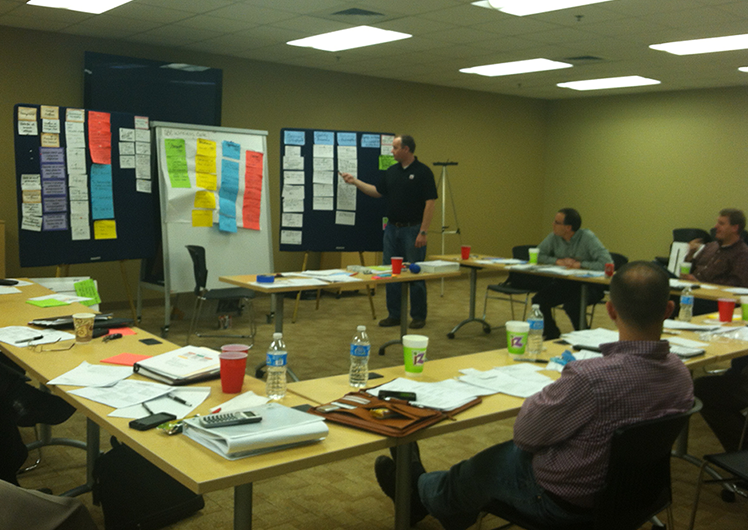H.R. or H.B.
“There are only two ways to live your life. One is as though nothing is a miracle. The other is as though everything is a miracle.”
— Albert Einstein
Both Ted and Ed are CEO’s. Each man runs his business in a very different manner.
Teds’ company is well positioned and could be an industry leader, but whenever business gets off track Ted’s reaction is to make derogatory remarks about his staff’s level on the food chain. Then he institutes a new “carrot or stick” incentive plan to try to improve performance. The problem is that this tactic is based on the assumption that people are resources that can easily be externally motivated to perform. So the company rides high and low waves headed for a certain crash. Finally the program lands belly up on the big beach of bad ideas. After several attempts to resuscitate, it dies along with morale. Then Ted grabs another quick fix technique, pushes people to work harder and begins all over again.
Ed, on the other hand, met with his employees several years ago and said, “Starting today we will build this business on three things: faith, family, and fortitude.” At that time this small company was double digit millions in debt and credit was scarce. The new CEO put a simple plan in place then began holding employee meetings each week. He taught them about the business, talked about the three things, got to know their strengths and solicited their ideas on how to build a brighter future. Today this organization is healthy, the board is pleased, and morale is high – even though not all employees or board members made it through the turnaround. When I walked around his facility recently I learned about the eight employees that Ed is mentoring this year. Next year he will begin all over again.
Writing about these two not-their-real-names executives and reflecting on the Einstein quote helped me crystallize one of my key beliefs: “There are only two ways to work with people. One is as though people are human resources. The other is as though people are human beings.”
Journal Entry: Take some time this week examine your day-to-day interactions and see what your actions say about how you work with people. What you decide could impact your success this year and begin building your legacy in leadership and life.



